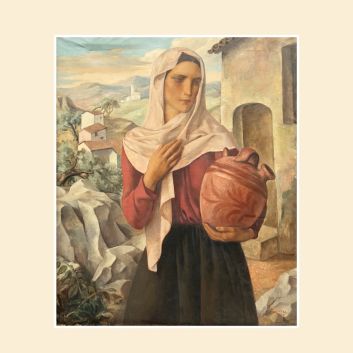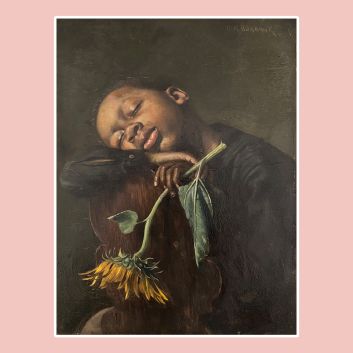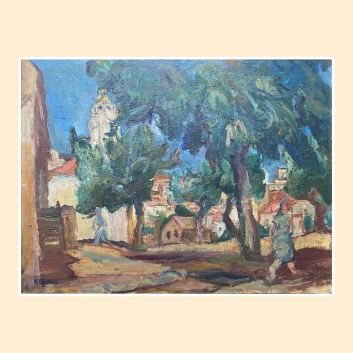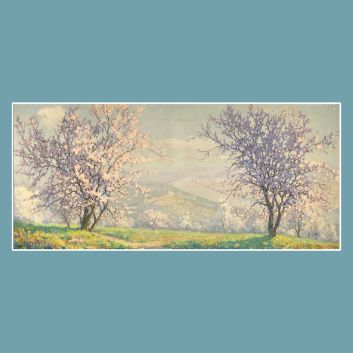Rating and value of works, drawings, paintings by Alphonse Osbert
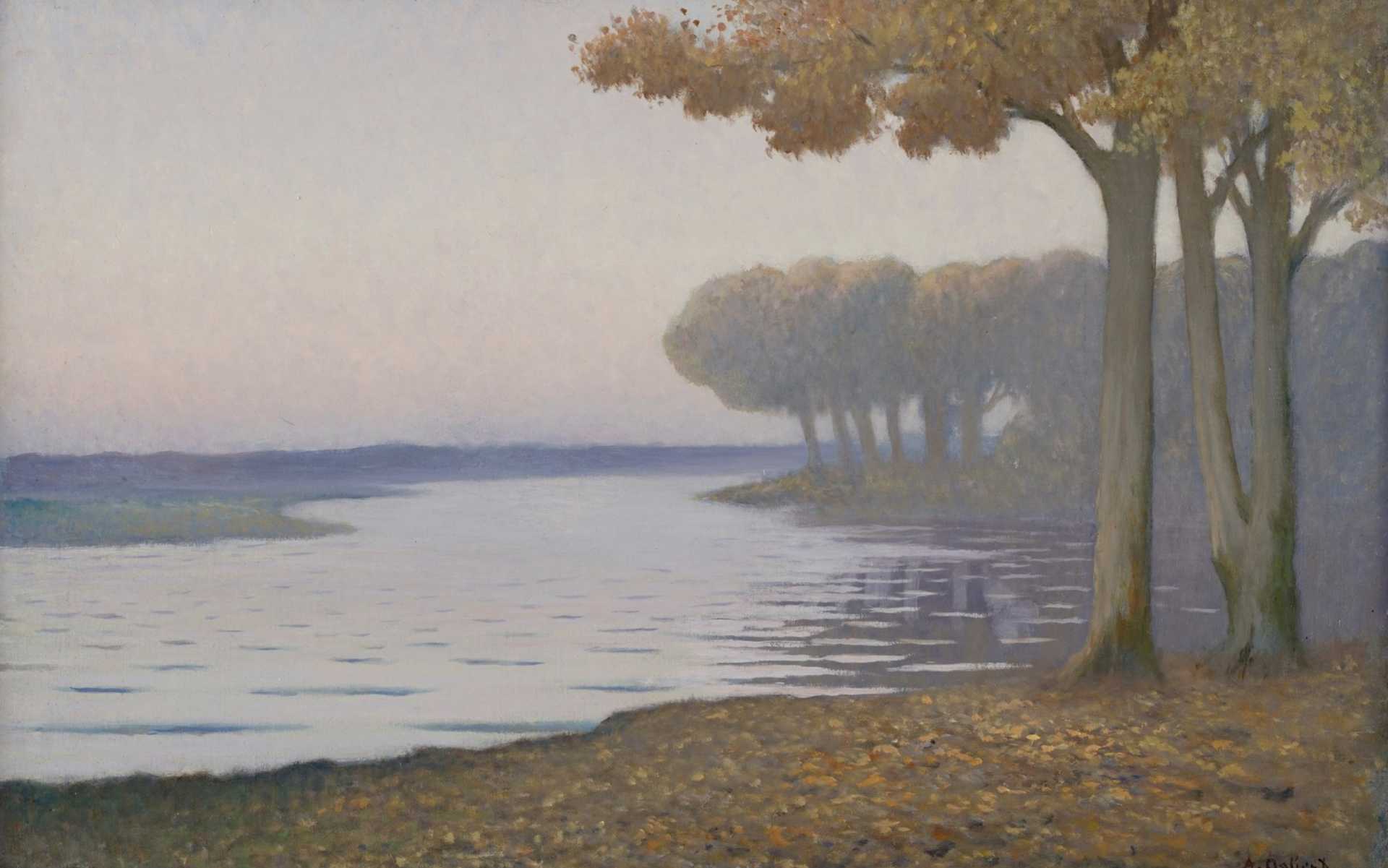
If you own a work by or based on the artist Alphonse Osbert and would like to know its value, our state-approved experts and auctioneers can advise you.
Our specialists will carry out a free appraisal of your work, and provide you with a precise estimate of its current market value.
Then, if you want to sell your work, we'll point you in the right direction to get the best possible price for it.
Artist's rating and value
On the auction market, works by Alphonse Osbert are uncommon and highly prized by collectors.
The most sought-after works are the oils on canvas, which sell for between €15 and €42,000 on the auction market - a substantial delta, but one that speaks volumes about the value that can be attributed to the artist's work.
For example, a painting by Osbert can fetch tens of thousands of euros in the auction room, as demonstrated by his painting In the evening's tranquility, which sold for €42,000 in 2017 .
Order of value from the most basic to the most prestigious
Technique used | Results |
|---|---|
Prints | From €15 to €480 |
Drawings - watercolors | From €60 to €19,000 |
Paintings | From €335 to €42,000 |
Response in less than 24h
Artist's style and technique
Alphonse Osbert's works plunge us into a world where poetry and symbolism coexist harmoniously, where every meticulous detail seems to have been laid down with extreme care, like a note in a visual symphony.
His refined chromatic palette, dominated by ethereal, bluish hues, envelops his compositions in a soft, dreamlike aura. Osbert succeeds in creating scenes of singular harmony, where realism rubs shoulders with discreet symbolism, sprinkled with hidden meanings and mythological references.
Osbert's landscapes are bathed in twilight, giving rise to what is often referred to as "Osbert blue": a soft, almost mystical color that evokes both peace and a certain melancholy.
In this unique light, contemplative figures, frequently female, seem suspended between dream and reality, as if participating in a sacred ritual. Indeed, women occupy an essential place in this universe, embodying mystery and the unattainable ideal.
She is both muse and symbol, embodying esoteric and metaphysical themes reminiscent of the great mythologies and inviting reflection on existence.
Beneath this appearance of poetic calm lies a certain pessimism, a vision of the world tinged with nostalgia and mystery, where light plays an essential role in softening the shadows that creep in here and there.
Through his compositions, Osbert invites us to contemplate another world, a universe where nature becomes the theater of the soul, where each character, in meditation or silence, seems to be listening to a distant echo, a truth that only the initiated can fully grasp.
Stylistically, he is also close to Symbolist artists such as Odilon Redon and Alexandre Séon, as well as Nabis artists such as Maurice Denis.
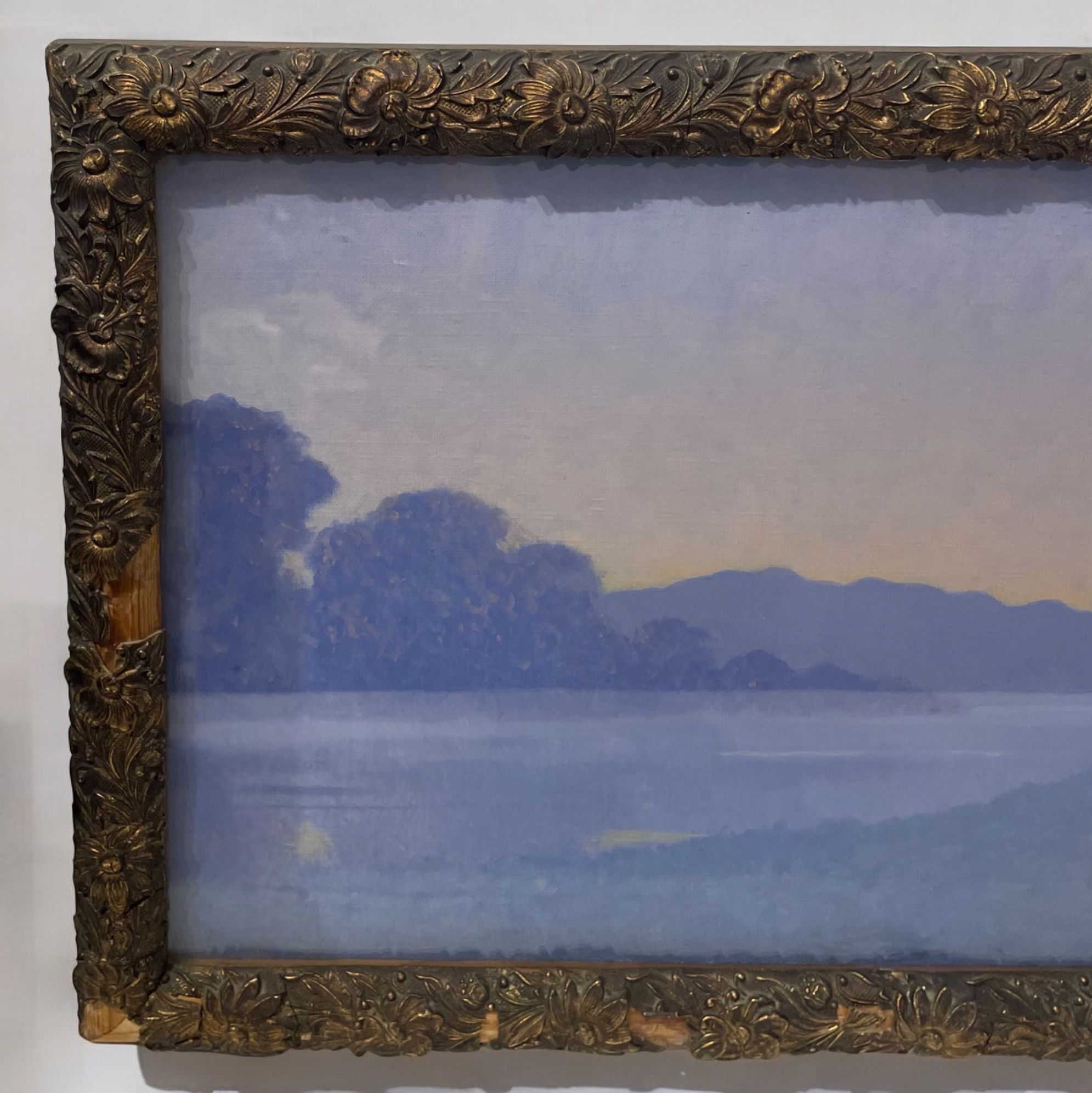
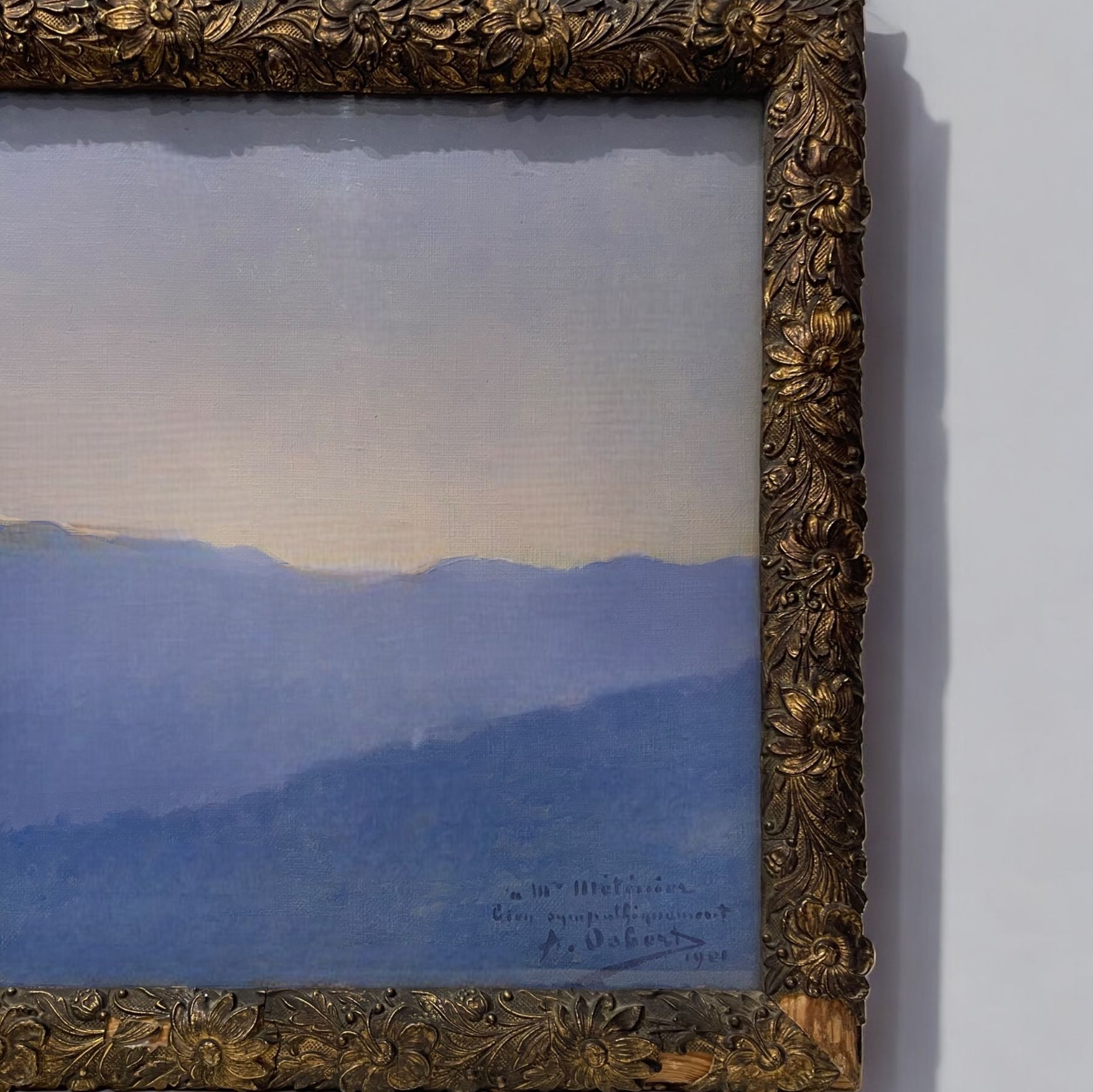
The career and life of Alphonse Osbert
Alphonse Osbert, born in Paris in 1857, quickly established himself as one of the masters of Symbolism. He began his career in a vibrant artistic context, distinguishing himself through his mysterious landscapes and poetically atmospheric compositions.
Over the years, he distinguished himself at the Salon des Artistes Français and other exhibitions, where his captivating works won the admiration of audiences and critics alike.
His constant quest for harmony is reflected in a refined technique, characterized by light brushstrokes and a subtle palette, where shades of blue, violet and pink blend to create an ethereal ambience.
Themes of nature and dreams dominate his work, while the characters, often female, evolve in enchanting settings, between light and shadow.
Osbert succeeds in capturing moments of contemplation, where the viewer is invited to plunge into an intimate reflection on time, beauty and illusion.
His personal life, though marked by challenges, reflects his commitment to art and the quest for universal truth.
Despite a certain isolation, Osbert devoted himself to his artistic practice until his death in 1939, leaving behind a legacy of works that continue to evoke melancholy and mystery, testimonies to a world where the spiritual and the sensitive intertwine, guiding each towards an exploration of the depths of the soul.
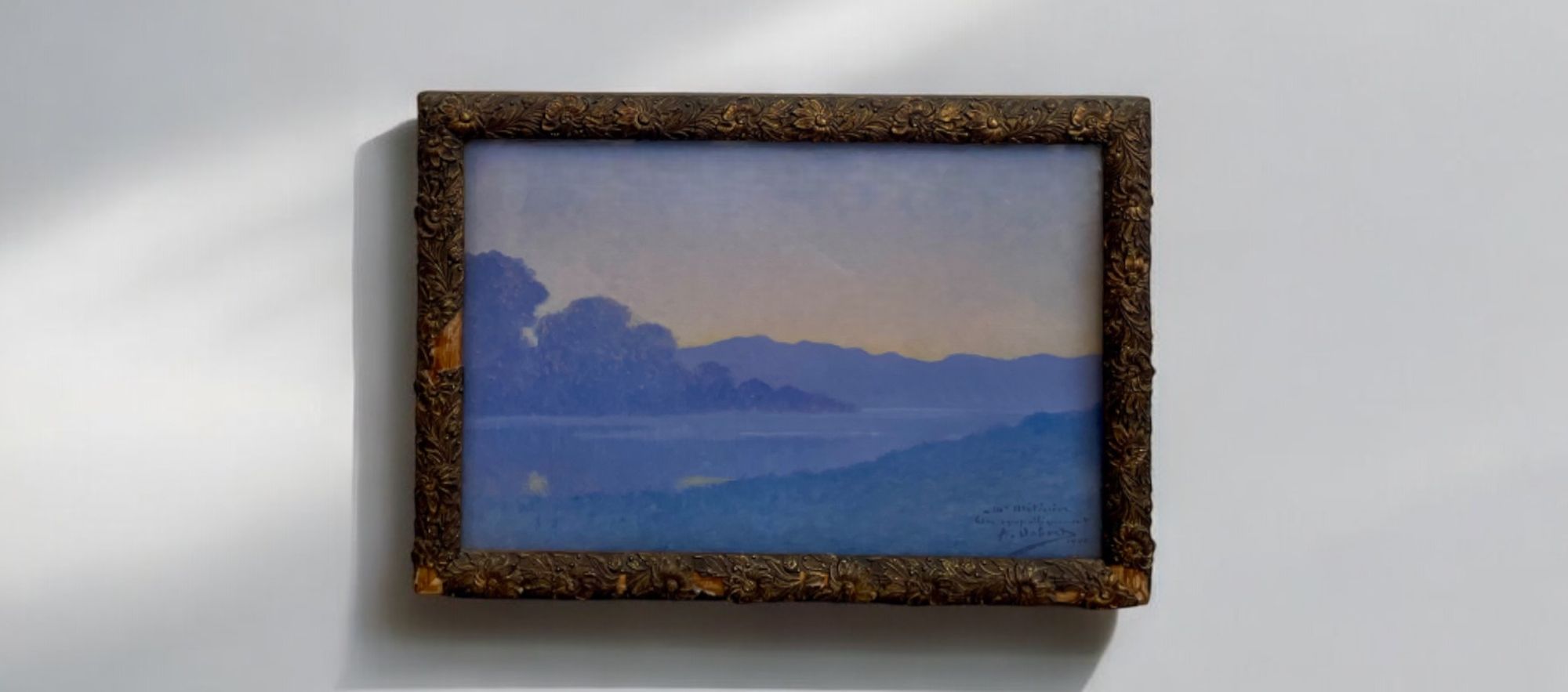
Focus on a twilight landscape by Alphonse Osbert
This painting by Alphonse Osbert plunges us into a world of silence and soft light, typical of his idealistic, decorative style developed in the 1890s. Inspired by Pierre Puvis de Chavannes, Osbert departs from raw reality to offer us a poetic and mystical vision of nature.
This lakeside landscape bathed in bluish, pastel tones seems suspended in time, inviting us to an inner meditation, a journey where light becomes the soul's subtle guide.
The landscape consists of a horizon line where mountains and sky merge in a delicate, almost unreal gradation. The light, at dusk, envelops the scene in a vaporous veil, like a silent embrace, a visual tribute to the very essence of nature.
Osbert captures this fleeting light with a mastery all his own, creating an ethereal atmosphere that transcends simple forms to become a silent song celebrating the beauty of nature and the depth of feeling it inspires.
An influential member of the Symbolist group and a well-known figure at the Salons de la Rose-Croix, Osbert seeks, in every work, to attain a spiritual truth that goes beyond mere representation. This painting, though modest in appearance, embodies this monumental aspiration.
It becomes a space of contemplation, a place where every nuance, shadow and reflection contributes to uplifting the soul. Osbert doesn't simply paint a lake or hills; he invites us into an aesthetic experience that touches on the sacred, a praise of silence and light.
With its sober, balanced composition, this canvas recalls the monumental, introspective style that earned Osbert his place among the greatest symbolists of his time.
His mastery of color and light, inherited from the Impressionists and magnified by his long-term work, gives each element of this landscape an unrivaled spiritual depth.
With this painting, Osbert continues to speak to us, inviting us to a contemplation where the visible fades away to make way for a larger reality, a universe where soul and nature meet in harmony.
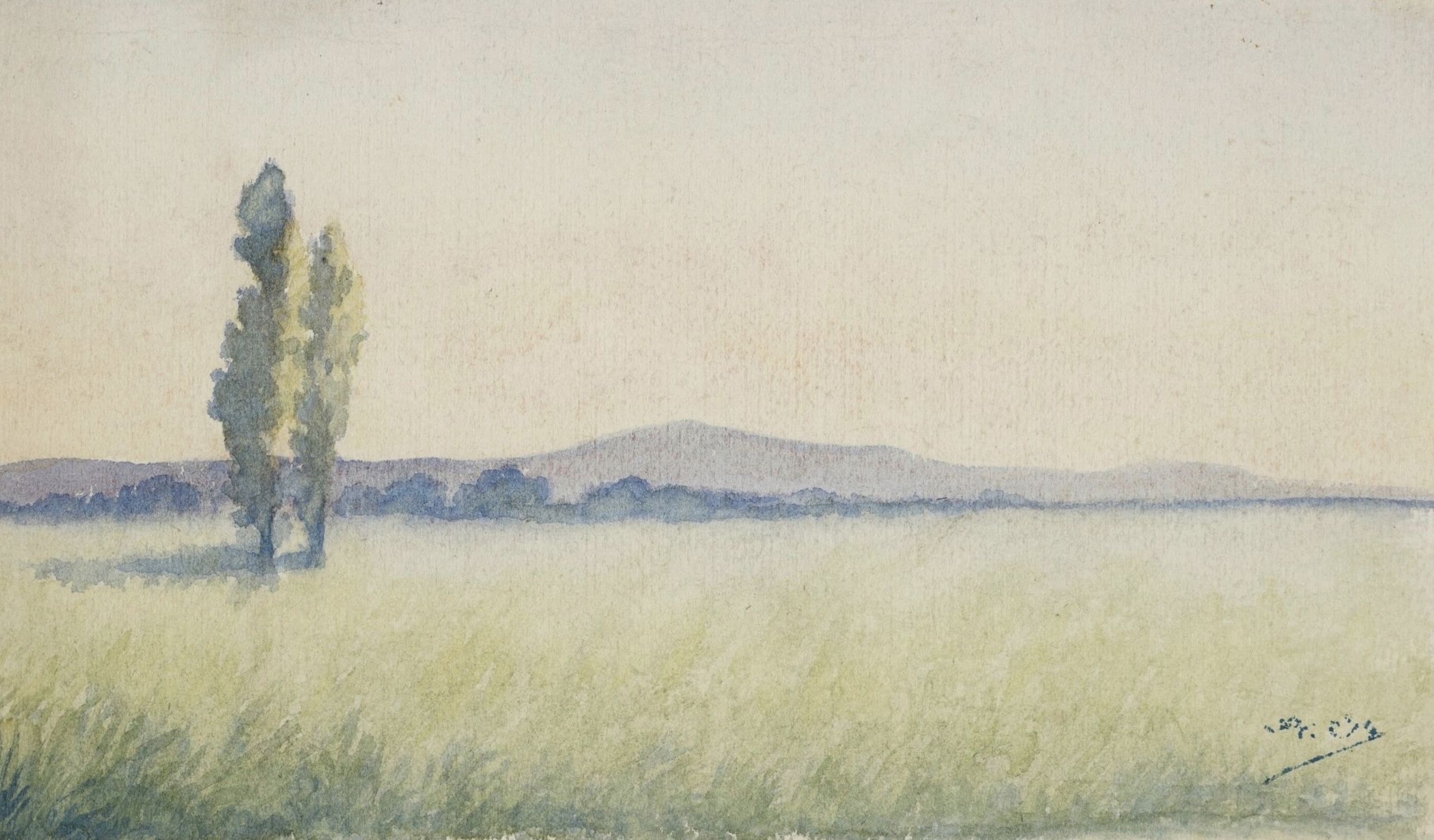
The legacy of Alphonse Osbert
All in all, Alphonse Osbert was an active and influential member of the post-impressionist Nabis group, a collective of daring artists who reinvented painting through an innovative approach.
Inspired by the painterly wisdom of Pierre Puvis de Chavannes, Osbert constantly redefines the boundaries of light and color.
During the 1880s, he meticulously explored the "essence" of light, scrutinizing the nuances and reflections that both alter the perception of his subjects and arouse deep emotion in the viewer.
His research leads him to question chromatic interactions, while striving to capture the fleeting luminosity that plays with nature and the human soul.
In the early 1890s, Alphonse Osbert developed an idealistic, decorative style that became his trademark, propelling him to the forefront of the artistic scene.
His art takes on a monumental dimension, where he creates gargantuan compositions that transcend the everyday. The forms rise up, organize themselves, and invite immersive contemplation, like visual songs celebrating the beauty of the world.
Osbert was a fervent participant in the Salons de la Rose-Croix, where his talent was quickly recognized and acclaimed, placing him among the leading Symbolist painters of his time.
His well-established reputation attracted major public commissions, enabling him to express his art on an even larger scale.
Among his most notable achievements, he created sumptuous sets, such as the great hall of the Vichy spa, which became a veritable hymn to beauty and serenity.
In 1934, his outstanding work earned him the Légion d'honneur medal, a well-deserved distinction that testifies to his influence and artistic legacy.
Today, it's easy to go to the Musée d'Orsay to honor Alphonse Osbert and admire his 414 preserved canvases, each one a burst of light and emotion, taking us on a journey where imagination and reality elegantly intertwine.
His signature
Not all Alphonse Osbert's works are signed.
Although there are variations, here's a first example of his signature:
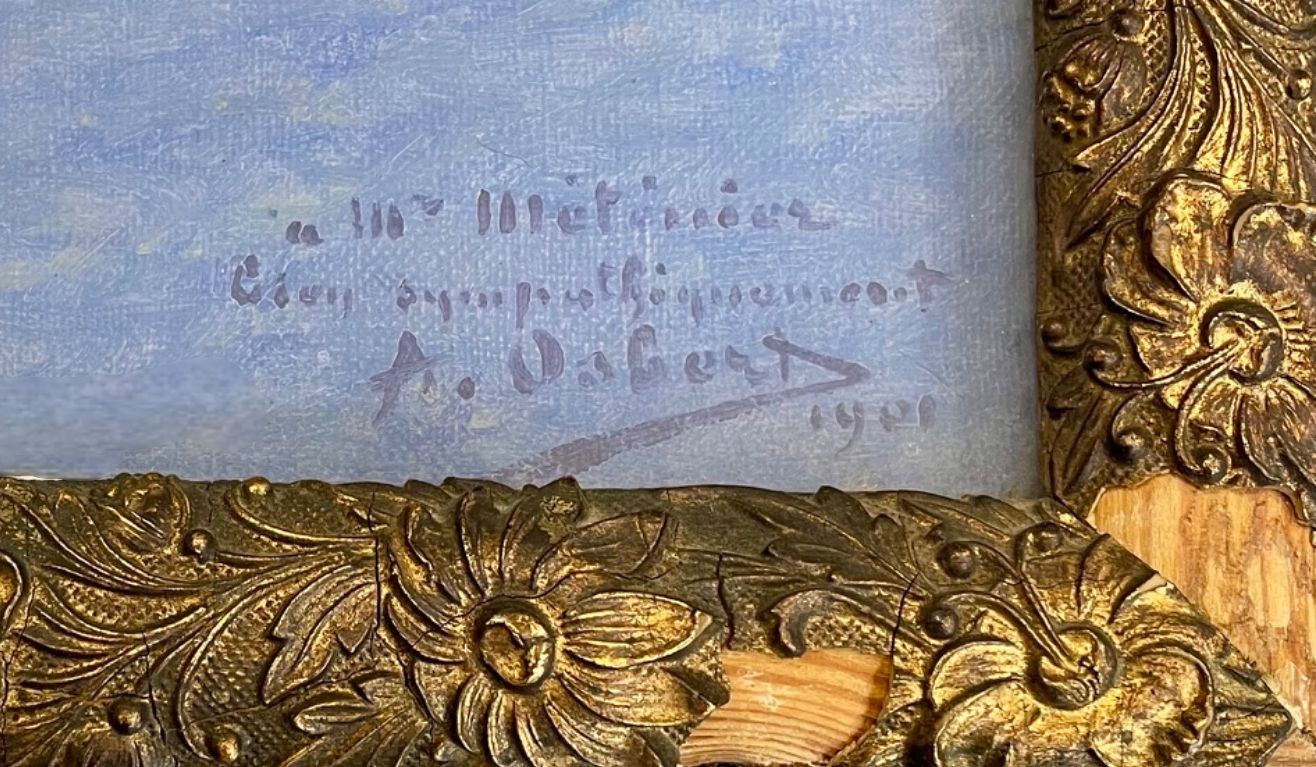
Appraising your property
If you happen to own a work by Alphonse Osbert, ask for a free estimate using the form on our website.
A member of our team of experts and auctioneers will contact you promptly to provide you with an estimate of the value of your work, as well as any relevant information about it.
If you're thinking of selling your work of art, our specialists will also be on hand to help you find alternative ways of selling it at the best possible price.
Response in less than 24h
Related topics

Rating and value of works, paintings by Friedrich Overbeck
Friedrich Overbeck was a German neoclassical painter who lived in Rome. His religious paintings are highly prized at auction.
Read more >
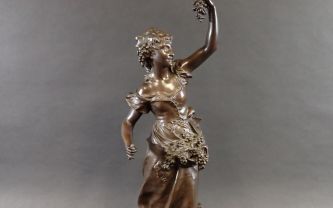
Cote et valeur 2024 des sculptures, bronzes de Jean Baptiste...
Jean Baptiste Germain is a French sculptor who produced bronzes that are highly valued at auction. Estimate in 24h.
Read more >

Rating and value of paintings by Conrad Wi...
Conrad Wise Chapman was a 19th-century American landscape and military painter who produced works of high value.
Read more >
Secure site, anonymity preserved
State-approved auctioneer and expert
Free, certified estimates
